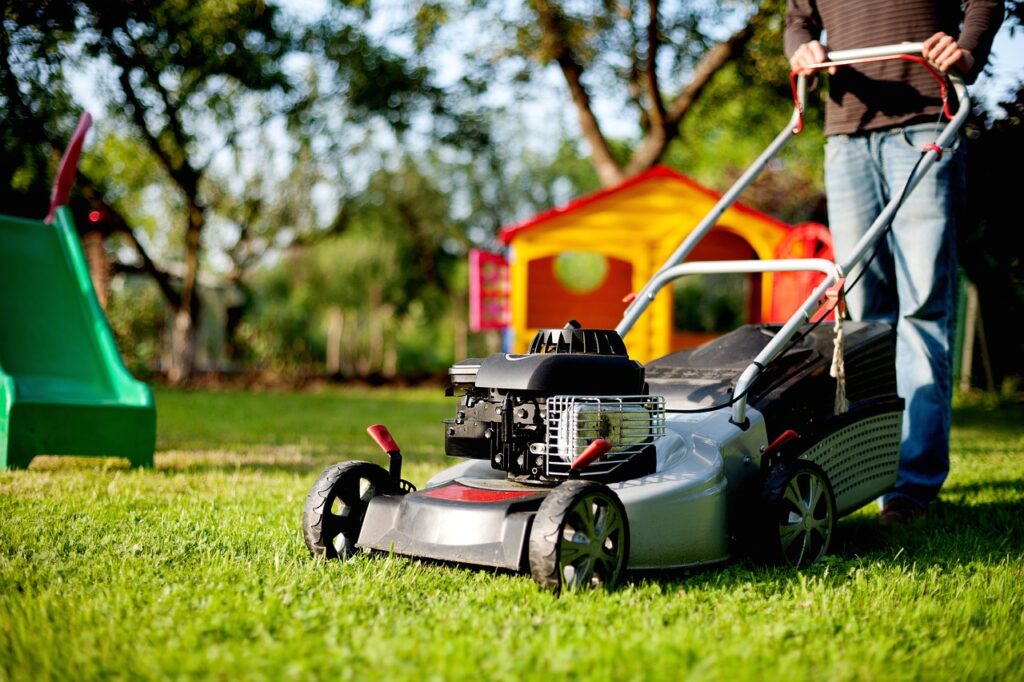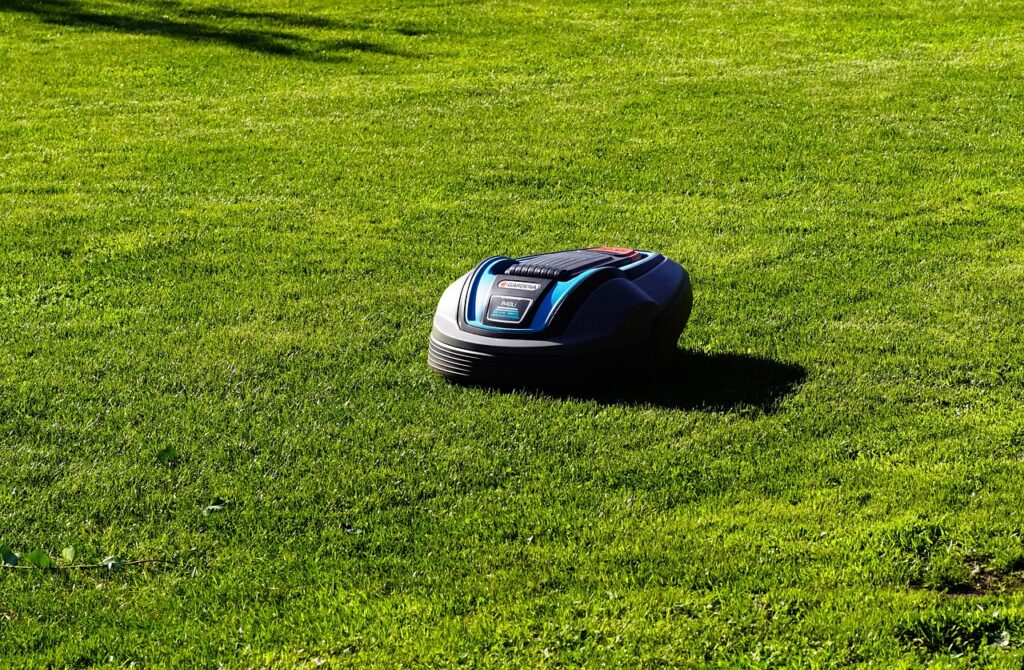It is commonly claimed that a robotic lawn mower enhances lawn quality, ensuring a beautifully maintained yard. Compared to traditional lawn mowers, it not only saves the time typically spent on lawn care but also delivers superior results. But is this really the case, and how does it work?
Robotic lawn mowers are often praised for improving lawn quality when compared to traditional mowers. Not only do they save time by handling lawn care almost autonomously, but they also offer several practical benefits. So, what exactly does a robotic mower do differently that enhances the lawn and boosts its quality?
Frequent Mowing Promotes Healthy Growth
A robotic lawn mower typically cuts the grass every one to three days, depending on personal preferences. This frequent mowing encourages individual grass blades to grow thicker and produce more shoots. As a result, the lawn becomes denser, which helps prevent weeds from taking hold.
Additionally, frequent mowing stimulates root growth and enhances the plants’ resistance to wear and tear. This is particularly advantageous for lawns that experience heavy foot traffic.
Reduce Weed Growth
Generally, robotic mowers help reduce the spread of weeds. Weeds thrive in lawns that are mowed infrequently, but regular mowing limits the opportunity for weed seeds to settle and grow. Moreover, weeds often find favorable conditions in areas where nutrients are scarce. With a robotic mower ensuring regular care, these ideal conditions for weed growth are minimized, significantly decreasing the likelihood of weeds taking over.
That being said, simply using a robotic mower may not be enough to completely control weeds in lawns where they have already become widespread. In such cases, additional methods may be necessary to fully eliminate them. There are also certain types of grass, like couch grass, that even a robotic mower can’t effectively control. However, the frequent mowing provided by the robotic mower can often help prevent weeds from returning or at least limit their regrowth.
Natural Fertilization Through Mulching
- Frequent Operation:
- The robotic mower cuts small portions of the grass blades each time, ensuring that clippings remain fine and decompose quickly.
- Natural Fertilization:
- Clippings left on the lawn decompose naturally, acting as a continuous source of organic fertilizer for the soil.
- This process nourishes the lawn, promoting healthier and stronger grass growth.
- Weed Suppression:
- By improving the overall condition of the turf, frequent mowing helps suppress weed growth, contributing to a healthier lawn.
- Fine Grass Clippings:
- For effective mulching, the grass clippings must be very fine to ensure quick decomposition and prevent any buildup.
- Avoiding Long Grass:
- If the grass is cut too long, the decomposition process slows down, and the mulch layer can reduce air circulation in the soil.
- Traditional Mowing Limitation:
- Weekly mowing with a conventional mower may not achieve the necessary fineness, as the grass may have grown too long between cuts.
Clean, Precise Cuts with the Robotic Mower
- Clean, Precise Cut:
- The robotic mower uses ultra-sharp blades that slice through the grass instead of tearing it, as many traditional mowers do.
- This clean cut prevents grass tips from fraying, avoiding brown patches and ensuring a lush, vibrant lawn.
- Random Mowing Pattern:
- The mower moves in a random pattern, mowing the lawn from multiple angles.
- This prevents the grass from leaning in one direction, unlike traditional mowers, which can create uneven stripes by following the same path repeatedly.
Additional Tips for Lawn Care with a Robotic Mower
While a robotic lawn mower creates optimal conditions for improving lawn quality, achieving the best results requires attention to a few additional factors. For instance, sending the robot out during the hottest part of the day or allowing tire tracks to form during heavy rain can hinder performance. To help you get the most out of your robotic mower, here are some valuable tips:
- Mowing Frequency: Set your robotic mower to run frequently enough to ensure every spot is covered. A mowing interval of at least every two days is recommended. To achieve this, make sure the mower’s area output and mowing schedule are suited to the size of your lawn.
- Adjusting Cutting Height: Maintaining a cutting height of 2-4 cm can help reduce weed growth. However, it’s important to adjust the height according to the specific grass mixture on your lawn for the best results.
- Regular Blade Replacement: To ensure the mower continues to cut grass cleanly, replace the blades regularly. Dull blades won’t provide a clean cut and can cause damage to the grass.
- Avoid Mowing in Heavy Rain: It’s best to park the robotic mower during heavy rain. Even lighter models can leave ruts in wet conditions, and the mower’s wheels may lose grip, resulting in an uneven cut.
- Spring Lawn Care: Even with a robotic mower, it’s beneficial to dethatch your lawn in the spring and apply a nitrogen-rich fertilizer to replenish essential nutrients.
- Avoid Midday Mowing: Grass blades can dry out quickly after being freshly cut, so it’s advisable to avoid running the mower during the heat of midday. This prevents excessive moisture loss from the grass and helps avoid the formation of brown tips.
- Specialized Grass Mixtures: Consider using grass mixtures designed specifically for robotic mowers. These blends are tailored to withstand frequent mowing and efficiently absorb nutrients from the mulch left behind by the mower.


